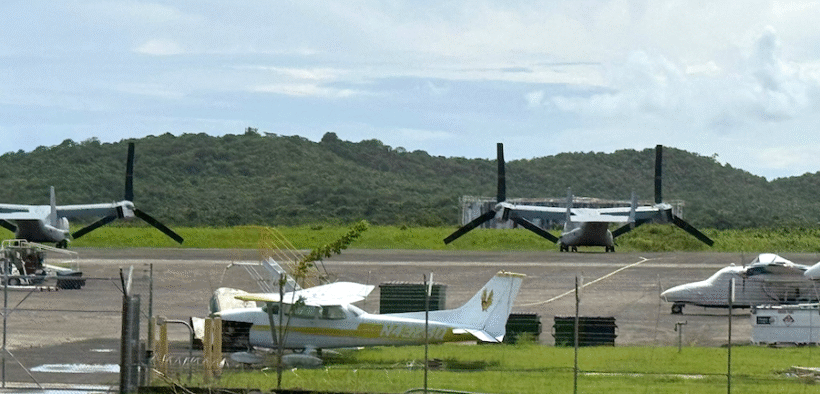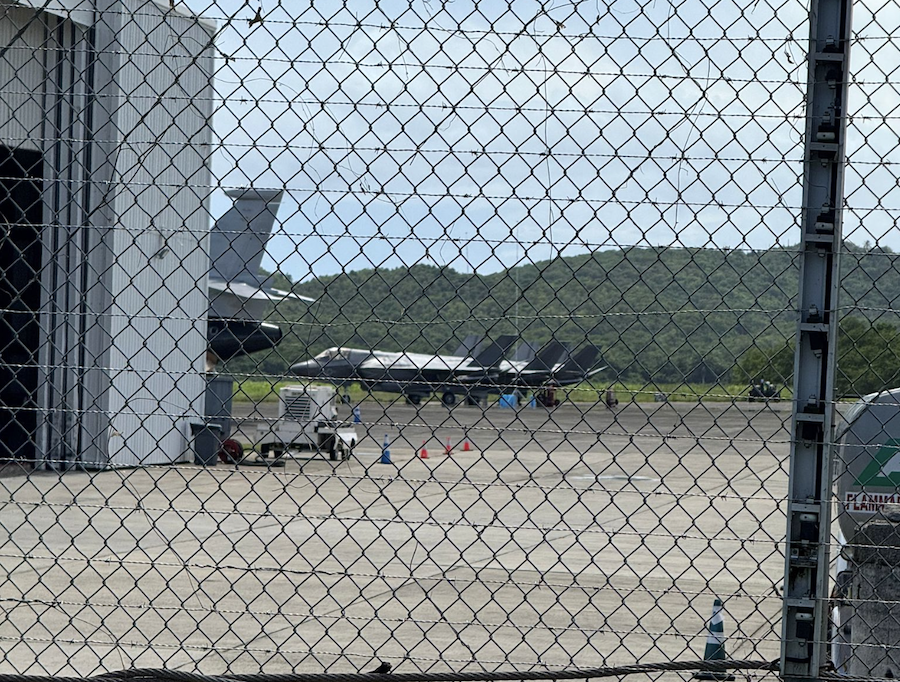Puerto Rico studies defense role for Roosevelt Roads

New Progressive Party Sens. Nitza Morán and Carmelo Ríos have introduced Senate Bill 286, which directs the Senate’s Federal Relations and Viability of the People’s Mandate Committee, along with the Economic Development, Small Business, Banking, Commerce, Insurance and Cooperativism Committee, to investigate the current condition of the former Roosevelt Roads Naval Base in Ceiba.
The measure seeks to evaluate the feasibility and impact of reusing the site for U.S. national security purposes and to recommend steps that could strengthen Puerto Rico’s federal relations while promoting economic and social development.
According to the bill’s explanatory statement, the Roosevelt Roads base was established in 1943 during World War II and became one of the largest military complexes in the Western Hemisphere. It employed tens of thousands of military and civilian personnel over the decades.
For more than 60 years, the base was a major economic engine for the eastern region, benefiting the municipalities of Ceiba, Fajardo, Naguabo and Humacao through job creation, local commerce, infrastructure development and federal investment.
After the U.S. Navy’s departure in 2004, the region suffered economic decline marked by business closures, unemployment and population loss. In response, the Roosevelt Roads Local Redevelopment Authority was created under the Department of Economic Development and Commerce to manage redevelopment of the property.
The Roosevelt Roads Master Development Plan, first adopted in 2004 and updated in 2010, was meant to guide that effort. Despite those initiatives, little progress has been made.
In 2014, the Puerto Rico Planning Board approved the Zoning Regulations on Urban Form for Roosevelt Roads, diverging from the 2010 plan. The Legislature repealed those regulations in 2024, restoring the 2010 plan as the main framework. Two decades after the base’s closure, development remains stalled.
“Recently, Public Safety Secretary Arturo Garffer reignited interest in the site by emphasizing Puerto Rico’s strategic value in the Caribbean, citing its deep-water ports and high-capacity runways as potential assets for regional defense,” the bill says.
“His remarks have prompted renewed discussion on the possibility of partially reusing the Roosevelt Roads facilities for defense purposes — a move that could attract federal investment, generate jobs, stimulate commerce and reinforce Puerto Rico’s role in hemispheric security.”
In recent weeks, the former Roosevelt Roads site has seen F-35 stealth jet fighters. According to Reuters, the Pentagon had previously ordered 10 aircraft to deploy to Puerto Rico for counter-drug operations. News is my Business observed seven F-35s and additional aircraft — including helicopters, Osprey tiltrotor planes and transport jets — moving personnel and equipment through the site.

Some of the F-35s have been flown with live ordnance, including AIM-120 air-to-air missiles and GBU-54 guided bombs. Although the Pentagon told Reuters it “has no force posture changes to announce currently,” the visible activity suggests that Roosevelt Roads is again serving as a staging area for regional defense operations.
The site also remains under environmental remediation. The U.S. Environmental Protection Agency continues overseeing cleanup of hazardous waste left from decades of naval operations.
According to the Roosevelt Roads bill, the Senate considers it necessary to review the site’s current condition, planning framework and reuse proposals in detail.
The investigation will assess the social, economic and environmental implications of potential military reuse to help shape public policy aligned with Puerto Rico’s long-term strategic and economic interests.
Under Senate Bill 286, the committees are authorized to hold public hearings, summon witnesses, request documents and conduct site inspections. They must submit a detailed report to the Senate within 180 days of the bill’s approval outlining findings and recommendations.
The final report is expected to include potential investment, employment and infrastructure opportunities related to possible remilitarization, as well as an accounting from the Roosevelt Roads Local Redevelopment Authority on its accomplishments and progress since its creation.




